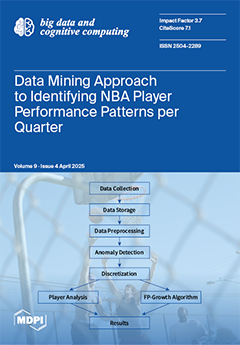Open AccessPerspective
LLM Fine-Tuning: Concepts, Opportunities, and Challenges
by
Xiao-Kun Wu, Min Chen, Wanyi Li, Rui Wang, Limeng Lu, Jia Liu, Kai Hwang, Yixue Hao, Yanru Pan, Qingguo Meng, Kaibin Huang, Long Hu, Mohsen Guizani, Naipeng Chao, Giancarlo Fortino, Fei Lin, Yonglin Tian, Dusit Niyato and Fei-Yue Wang
Cited by 9 | Viewed by 11969
Abstract
As a foundation of large language models, fine-tuning drives rapid progress, broad applicability, and profound impacts on human–AI collaboration, surpassing earlier technological advancements. This paper provides a comprehensive overview of large language model (LLM) fine-tuning by integrating hermeneutic theories of human comprehension, with
[...] Read more.
As a foundation of large language models, fine-tuning drives rapid progress, broad applicability, and profound impacts on human–AI collaboration, surpassing earlier technological advancements. This paper provides a comprehensive overview of large language model (LLM) fine-tuning by integrating hermeneutic theories of human comprehension, with a focus on the essential cognitive conditions that underpin this process. Drawing on Gadamer’s concepts of
Vorverständnis,
Distanciation, and the
Hermeneutic Circle, the paper explores how LLM fine-tuning evolves from initial learning to deeper comprehension, ultimately advancing toward self-awareness. It examines the core principles, development, and applications of fine-tuning techniques, emphasizing its growing significance across diverse field and industries. The paper introduces a new term, “
Tutorial Fine-Tuning (TFT)”, which annotates a process of intensive tuition given by a “tutor” to a small number of “students”, to define the latest round of LLM fine-tuning advancements. By addressing key challenges associated with fine-tuning, including ensuring adaptability, precision, credibility and reliability, this paper explores potential future directions for the co-evolution of humans and AI. By bridging theoretical perspectives with practical implications, this work provides valuable insights into the ongoing development of LLMs, emphasizing their potential to achieve higher levels of cognitive and operational intelligence.
Full article
►▼
Show Figures





